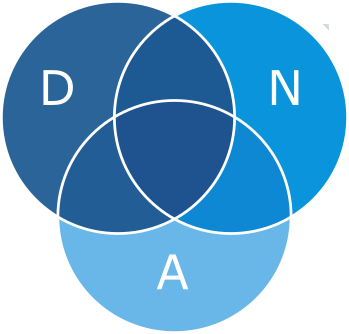Network calculations
The load flow and short circuit calculation is the most elementary form of a network calculation. In order to be able to plan grids or grid extensions as fail-safe as possible, an in-depth knowledge of the occurring load flows and short-circuit currents is necessary.
In order to avoid voltage band violations, for example, it is necessary to determine the reactive power requirements of a power supply network. This can be done as part of a load flow calculation and should be carried out, for example, when the operating mode is changed or when the power supply network is expanded.
Furthermore, a load flow calculation can be used to make statements about the losses occurring in the network, so that an evaluation of the efficiency and the stress on the individual operating resources can be carried out. It is also possible to carry out a more precise evaluation of the load flow situation with known load profiles of consumers, for example to detect temporary load peaks.
To know the state of your network in case of a network fault or to parameterize your protection systems, an analysis of various fault cases should be carried out as part of a short-circuit calculation. With regard to the design of equipment, it makes sense to consider the fault cases for the short-circuit resistance of the system components.

